(Chinhphu.vn) - Deputy Prime Minister Tran Hong Ha has just signed a Decision approving the Plan to implement the National Power Development Plan for the 2021-2030 period, with a vision to 2050.
Identify solutions to attract investment in power development according to Power Plan VIII during the planning period.
The plan aims to effectively implement Decision No. 500/QD-TTg dated May 15, 2023 of the Prime Minister approving the National Power Development Plan for the 2021-2030 period, with a vision to 2050 (Power Plan VIII). Develop a roadmap to effectively implement projects/schemes to meet the set goals of Power Plan VIII, meet the electricity demand for socio -economic development in each period, and ensure that electricity is one step ahead.
Implement a strong energy transition from fossil fuels to new energy sources and renewable energy to reduce environmental pollution and greenhouse gas emissions, contributing to the committed goals under Vietnam's Nationally Determined Contribution and net zero emissions target by 2050.
Identify solutions to attract investment in power development according to Power Plan VIII during the planning period; coordination mechanism between ministries, branches and People's Committees of provinces and centrally run cities in implementation.
Provide guidance to ministries, branches and People's Committees of provinces and centrally run cities in coordinating with the Ministry of Industry and Trade and relevant units to effectively implement the VIII Power Plan.
Regarding the list of important power source projects, priority investment of the industry until 2030, of which, the total domestic gas-fired thermal power capacity is 14,930 MW; the total LNG thermal power capacity is 22,400 MW; the total coal-fired thermal power capacity is 30,127 MW; the total cogeneration power capacity, power source using residual heat, blast furnace gas, by-products of the technological line is 2,700 MW; the total hydropower capacity is 29,346 MW; the total pumped storage hydropower capacity is 2,400 MW.
Renewable energy power capacity of localities/regions and list of power source projects by 2030: Total offshore wind power capacity is 6,000 MW; total onshore wind power capacity (onshore and nearshore wind power) is 21,880 MW; total hydropower capacity is 29,346 MW; total biomass power capacity is 1,088 MW; total power capacity produced from waste is 1,182 MW; total rooftop solar power capacity (self-produced, self-consumed) increased by 2,600 MW; total battery storage capacity is 300 MW.
Other types of power sources by 2030
Plan to develop 300 MW of flexible power sources. Prioritize development in areas with potential shortage of backup capacity; take advantage of existing grid infrastructure.
It is expected to import about 5,000 MW of electricity from Laos, which can increase to 8,000 MW when conditions are favorable with reasonable electricity prices to take advantage of Laos's potential for electricity export. The Ministry of Industry and Trade reports to the Prime Minister for consideration and decision on the import policy and the synchronous grid connection plan for each specific project.
Renewable energy sources for export and new energy production are as follows:
Potential locations for exporting electricity abroad are the Central and Southern regions. The export scale ranges from 5,000 MW to 10,000 MW when there are feasible projects. The Ministry of Industry and Trade reports to competent authorities for consideration and decision on the electricity export policy and the synchronous grid connection plan for each specific case, in accordance with the provisions of law.
Using renewable energy to produce new types of energy (such as green hydrogen, green ammonia) to serve domestic needs and export: Prioritize development in areas with good renewable energy potential, favorable grid infrastructure; strive to reach 5,000 MW of development scale (mainly offshore wind power). The Ministry of Industry and Trade reports and recommends that the Prime Minister consider and decide on each specific project when the feasibility of technology and cost has been basically assessed. The capacity of renewable energy sources to produce new energy is not included in the structure of power sources supplying the load of the national power system.
List of transmission grid projects and regional grid interconnection
The plan also specifies a list of important transmission grid projects, priority investment, and grid connections with neighboring countries.
The volume of "backup power grid generating lines and transformer stations" is allowed to be used for:
(i) Implement new transmission grid construction projects or new additional investment projects to improve transmission grid capacity, control and operation capabilities of the power system during the implementation of Power Plan VIII but there is no specific list in Decision No. 500/QD-TTg.
(ii) Synchronously connecting imported power source projects (from Laos, China...) to Vietnam's power system.(iii) Synchronously connect (voltage level 220 kV or higher) renewable energy power projects (onshore wind power, biomass power, electricity produced from waste...) in the Plan to implement Power Plan VIII with the national power system.
The Ministry of Industry and Trade reviews and reports to the Prime Minister for consensus when implementing specific projects.
Rural, mountainous and island electricity development
Regarding the Rural, Mountainous and Island Electricity Development Program, providing national grid electricity or renewable energy sources to about 911,400 households (of which, about 160,000 households do not have electricity, 751,400 households need to be renovated) of 14,676 villages in 3,099 communes, of which, the number of communes in border areas and especially difficult areas is 1,075 communes (43 provinces) in the provinces and cities of Dien Bien, Lao Cai, Yen Bai, Ha Giang, Bac Giang, Son La, Hoa Binh, Tuyen Quang, Thai Nguyen, Thanh Hoa, Ha Tinh, Quang Binh, Quang Nam, Quang Ngai, Kon Tum, Dak Nong, Dak Lak, Bac Lieu, An Giang, Can Tho, Cao Bang, Lai Chau, Bac Kan, Lang Son, Nghe An, Thua Thien - Hue, Binh Dinh, Phu Yen, Gia Lai, Lam Dong, Binh Thuan, Binh Phuoc, Tay Ninh, Ben Tre, Tra Vinh, Kien Giang, Soc Trang Trang, Long An, Tien Giang, Vinh Long, Dong Thap, Hau Giang, Ca Mau; the remaining area is 2,024 communes.
Providing electricity to 2,478 medium and small-scale pumping stations (13 provinces) in the Mekong Delta region in the provinces and cities of Ben Tre, Tra Vinh, An Giang, Kien Giang, Can Tho, Bac Lieu, Soc Trang, Long An, Tien Giang, Vinh Long, Dong Thap, Hau Giang, Ca Mau, combined with providing electricity to the people.
Providing national grid electricity or renewable energy sources for the remaining islands: Con Co Island, Quang Tri Province; Tho Chau Island, An Son - Nam Du, Kien Giang Province; Con Dao Island District, Ba Ria - Vung Tau Province.
Research on building 02 inter-regional renewable energy service and industrial centers
Regarding the plan to develop the industrial ecosystem and renewable energy services, research to build 02 inter-regional industrial and renewable energy service centers in the period up to 2030 as follows:
The industrial and renewable energy service center in the North is located in Hai Phong, Quang Ninh, Thai Binh, etc. In the future, it may consider expanding to neighboring areas.
The scale of this Center is about 2,000 MW of offshore wind power, about 500 MW of onshore and coastal wind power.
The South Central - Southern region industrial and renewable energy service center is located in Ninh Thuan, Binh Thuan, Ba Ria - Vung Tau, Ho Chi Minh City, etc. In the future, it can be considered to expand to neighboring areas.
This center has an offshore wind power scale of about 2,000-2,500 MW, onshore and coastal wind power of about 1,500-2,000 MW.
Government Portal
Source

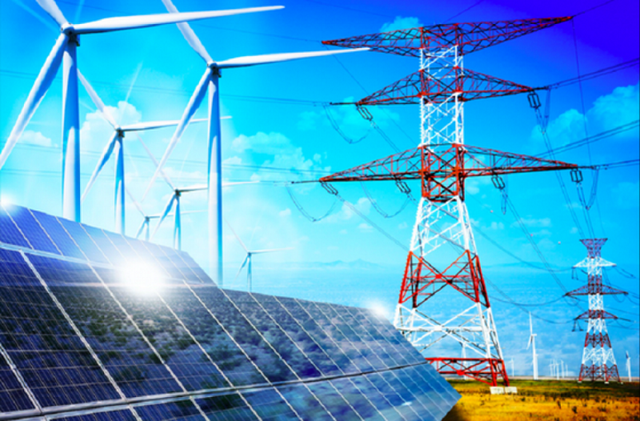
![[Photo] More than 17,000 candidates participate in the 2025 SPT Competency Assessment Test of Hanoi National University of Education](https://vphoto.vietnam.vn/thumb/1200x675/vietnam/resource/IMAGE/2025/5/17/e538d9a1636c407cbb211b314e6303fd)


![[Photo] Readers line up to visit the photo exhibition and receive a special publication commemorating the 135th birthday of President Ho Chi Minh at Nhan Dan Newspaper](https://vphoto.vietnam.vn/thumb/1200x675/vietnam/resource/IMAGE/2025/5/17/85b3197fc6bd43e6a9ee4db15101005b)
![[Photo] Prime Minister Pham Minh Chinh chairs meeting on science and technology development](https://vphoto.vietnam.vn/thumb/1200x675/vietnam/resource/IMAGE/2025/5/17/ae80dd74c384439789b12013c738a045)



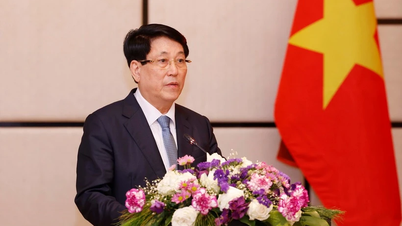



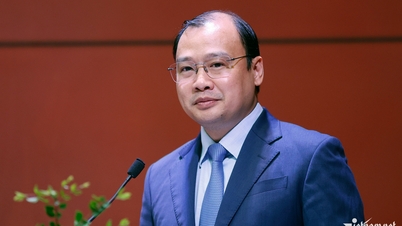



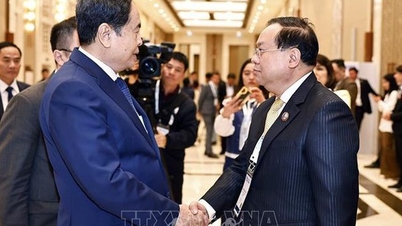
















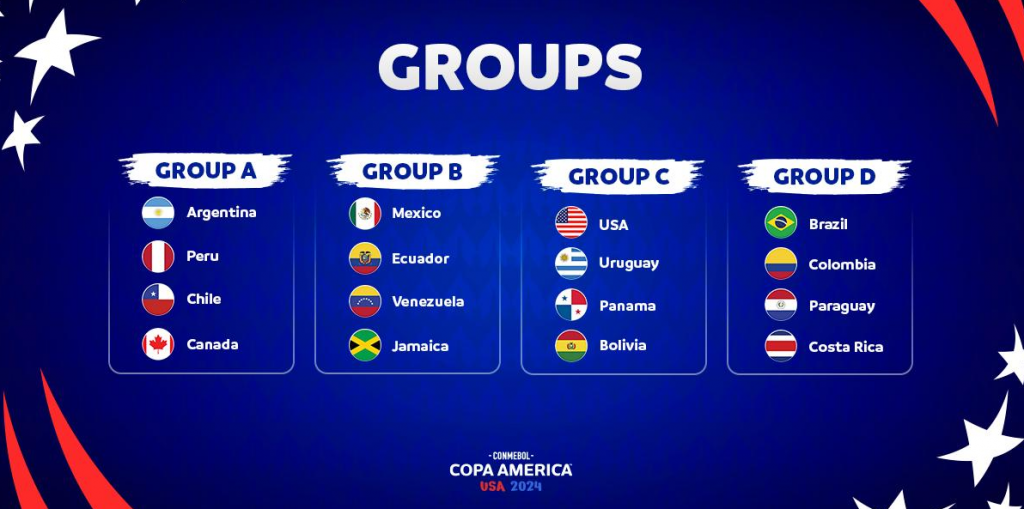
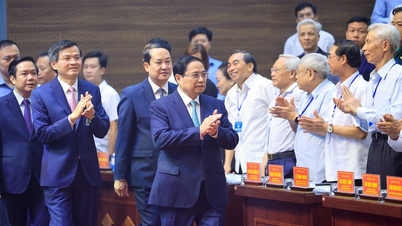
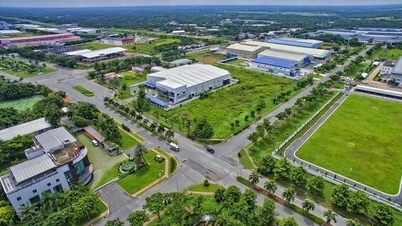


![[Photo] Nearly 3,000 students moved by stories about soldiers](https://vphoto.vietnam.vn/thumb/1200x675/vietnam/resource/IMAGE/2025/5/17/21da57c8241e42438b423eaa37215e0e)






































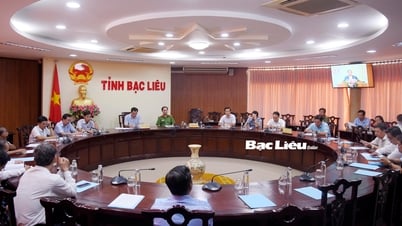
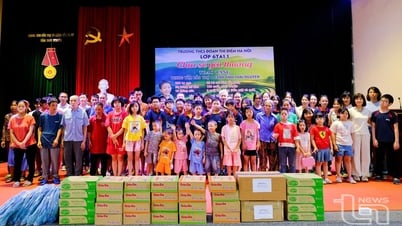

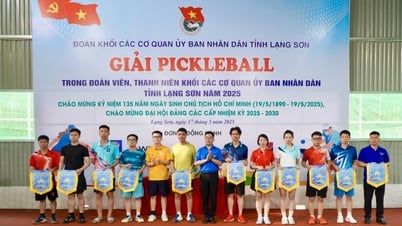

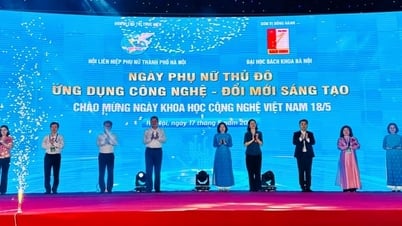













Comment (0)